There’s something special about the Caramulo Motorfestival. Maybe it’s the scent of pine trees in the air, the hum of engines echoing through a mountain village, or the way everything slows down – just enough – to let the past, present, and future of car culture collide.
Held every September in the heart of Portugal, Caramulo is more than just a car show. It’s a fully immersive celebration of speed, style, and nostalgia. Think of it as our Iberian Goodwood – minus the tweed, but with just as much heart.
The town itself becomes the paddock, the stage, and the pit lane. From hillclimb beasts to rally legends, pristine classics to futuristic prototypes, every corner is filled with mechanical passion.
But this year, something stood out; louder, sharper and wilder than the norm. This year, Portugal unveiled its first hypercar, and its name is Furia.
You could feel the moment the Adamastor Furia rolled into the paddock. People stopped mid-sentence, heads turned, cameras popped up and children pointed. This wasn’t just another track car – this was a mission statement on wheels.
Conceived in Porto and sculpted with Portuguese soul, the Furia had its dynamic debut right here at Caramulo 2025; a symbolic place to show what this car is made of – not just physically, but culturally.
You see, the name “Adamastor” comes from Portuguese mythology. A sea monster, unshakable and untamed. It’s fitting, really, because the machine that carries its name looks like it eats up any road you point it towards.
Underneath its low-slung carbon skin lies a 3.5-litre, twin-turbo V6 from Ford Performance. The base version produces over 750 horsepower and 1000Nm of torque. Production is limited to just 60 road-going units, with a starting price of €1.6 million ($1.9 million) – before taxes.
It’s track-focused, with few creature comforts; no nonsense, no cupholders – all drama. Pure engineering, noise, and fury.
From every angle, the car exudes aggression. There’s functional aero everywhere and a cockpit that feels like a prototype racer. Yet, in the details, you see the craftsmanship – Portuguese precision in an orange dress.
For those of us who’ve grown up surrounded by stories of Group B legends, café races, backroad battles and car culture carved into mountainsides – seeing the Furia fly past the start line in Caramulo wasn’t just exciting, it was emotional.
We’re used to looking outwards for greatness, but here, in our own country, we now have a machine that looks at the rest of the world head-on and says, “Your move.”
I’ve been photographing Caramulo for years, but this was special. Shooting the Furia felt like capturing history. The crowd knew it too, a sense of pride in the air that’s hard to describe, as if we were all part of something being born.
Of course, Caramulo never forgets its roots, with a mix of cars that makes it magical. You can walk from a Lancia 037 to a 1960s MG to a GT3 RS ready to race the hill – and no one bats an eye lid.
Everyone belongs here, but this year, the Adamastor belonged the most. The debut of the Adamastor Furia at Caramulo 2025 marks a turning point – not just for the brand, but for an entire generation of enthusiasts who’ve waited to see something like this come alive on Portuguese soil.
It wasn’t just a new chapter for us – it felt like the start of a new book. One that we’re writing, finally, in our own language.


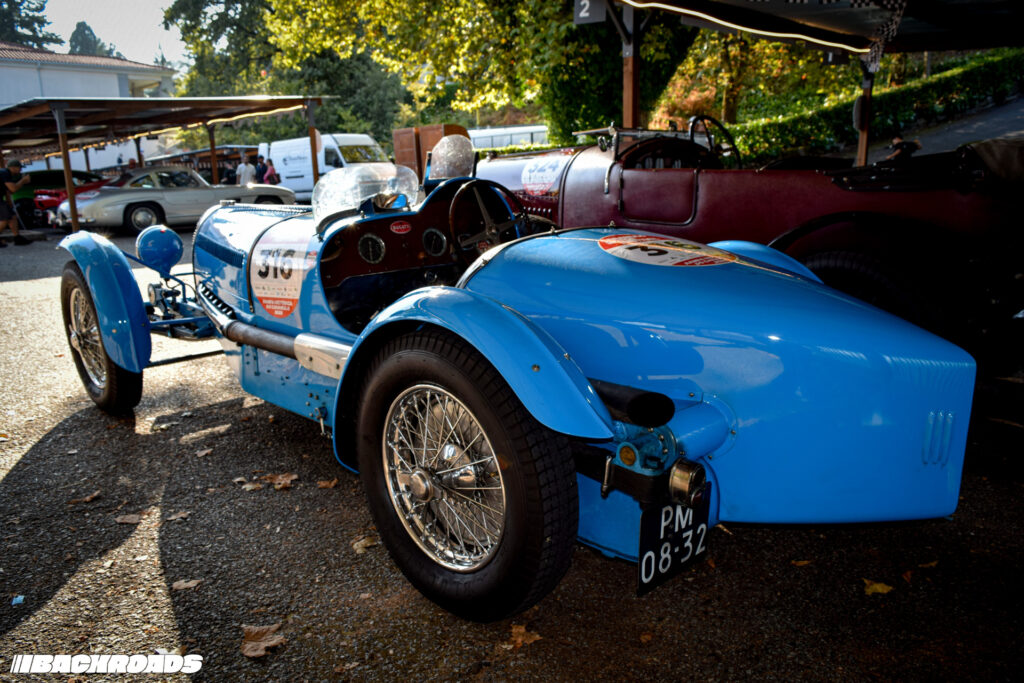
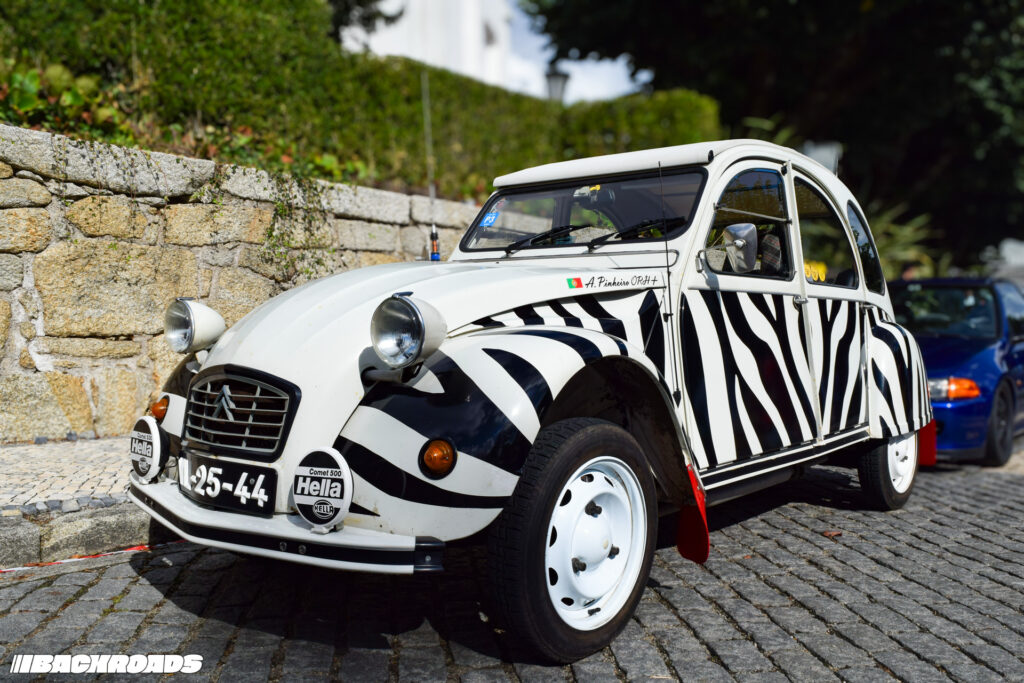
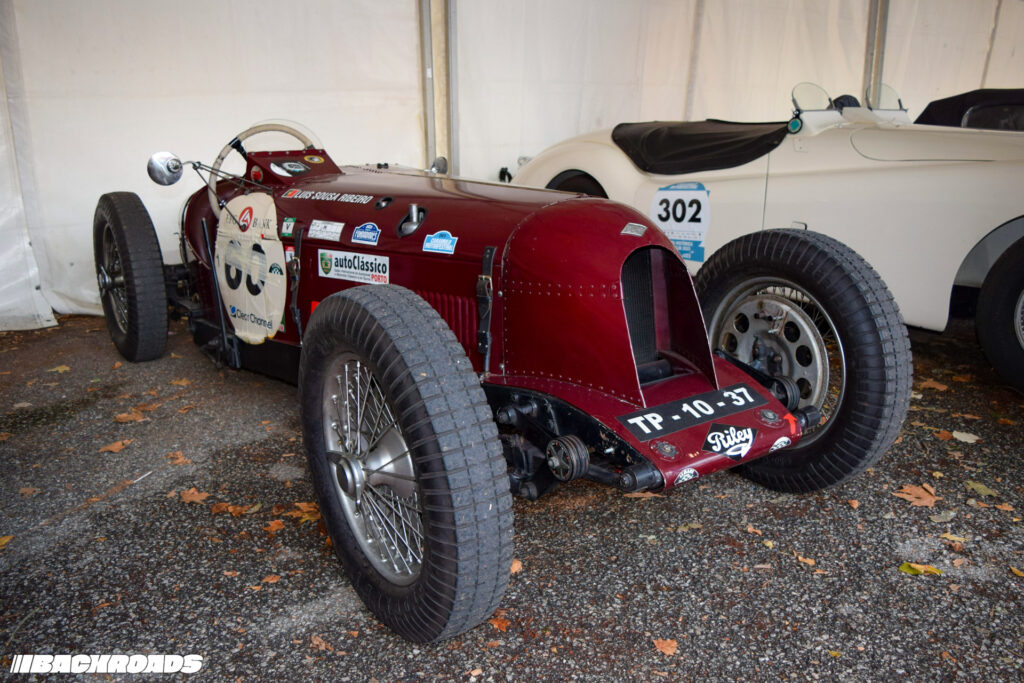
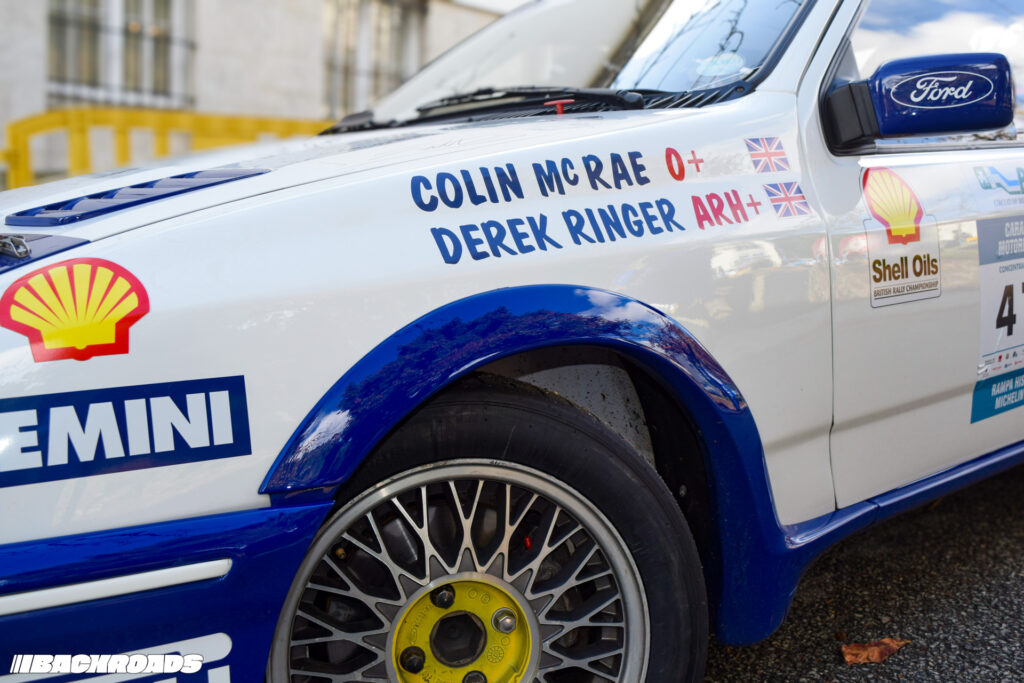

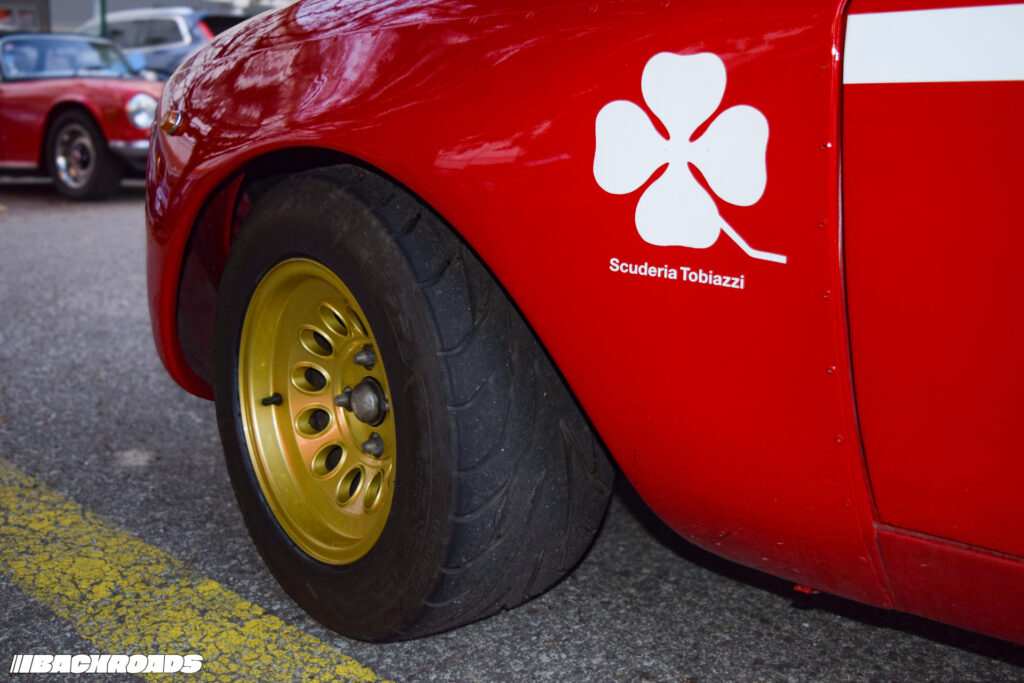
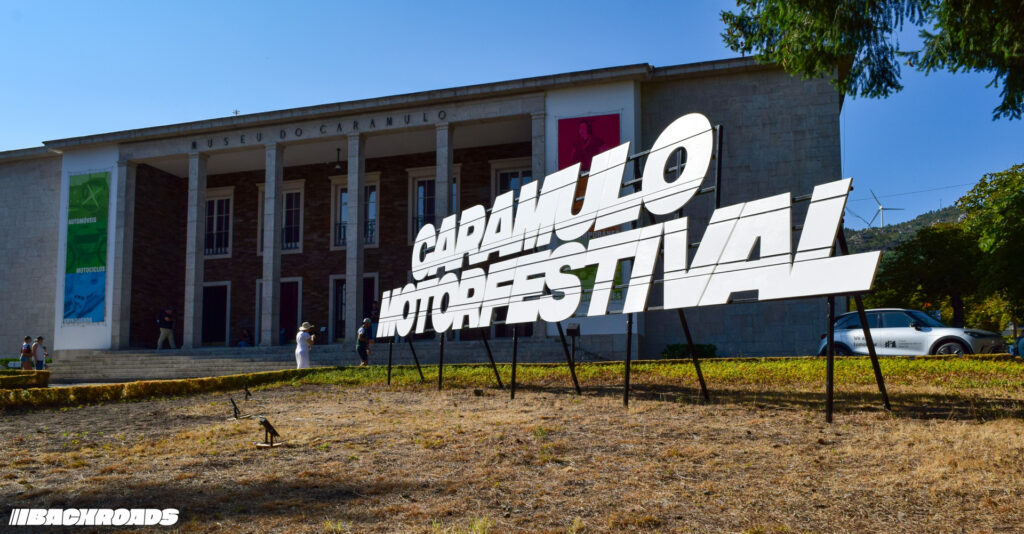
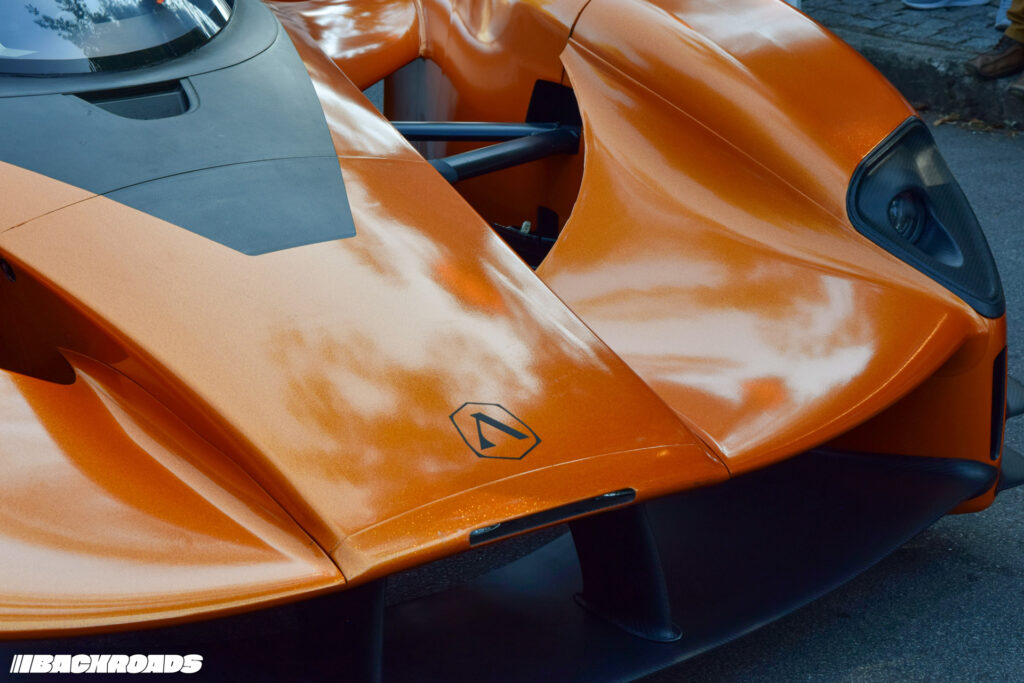

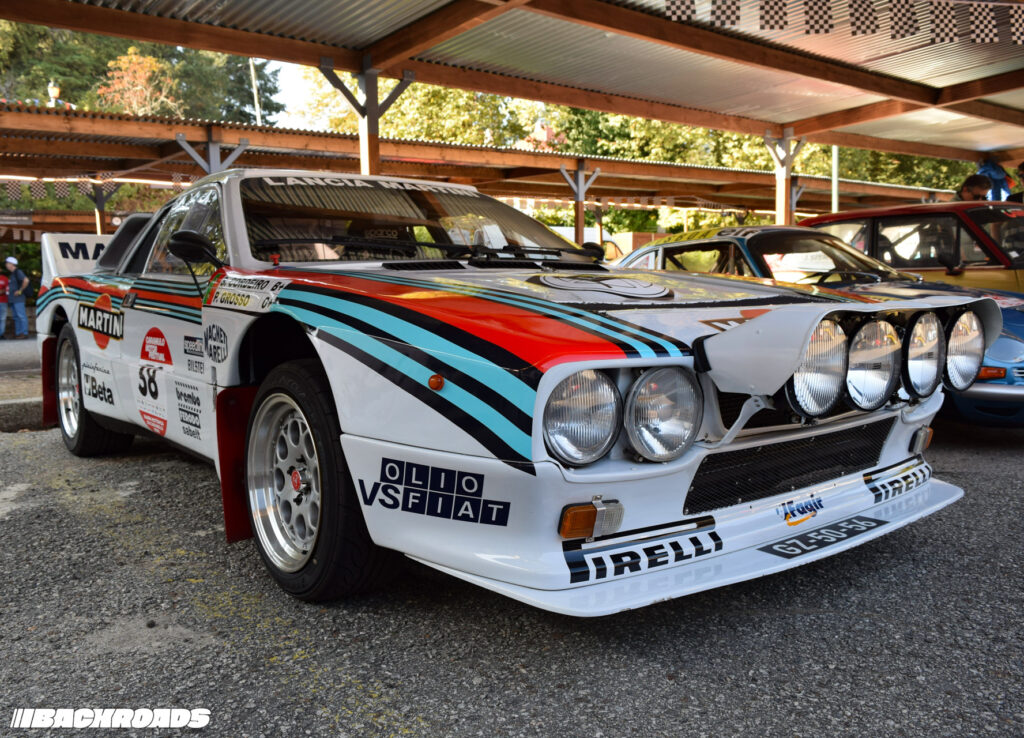
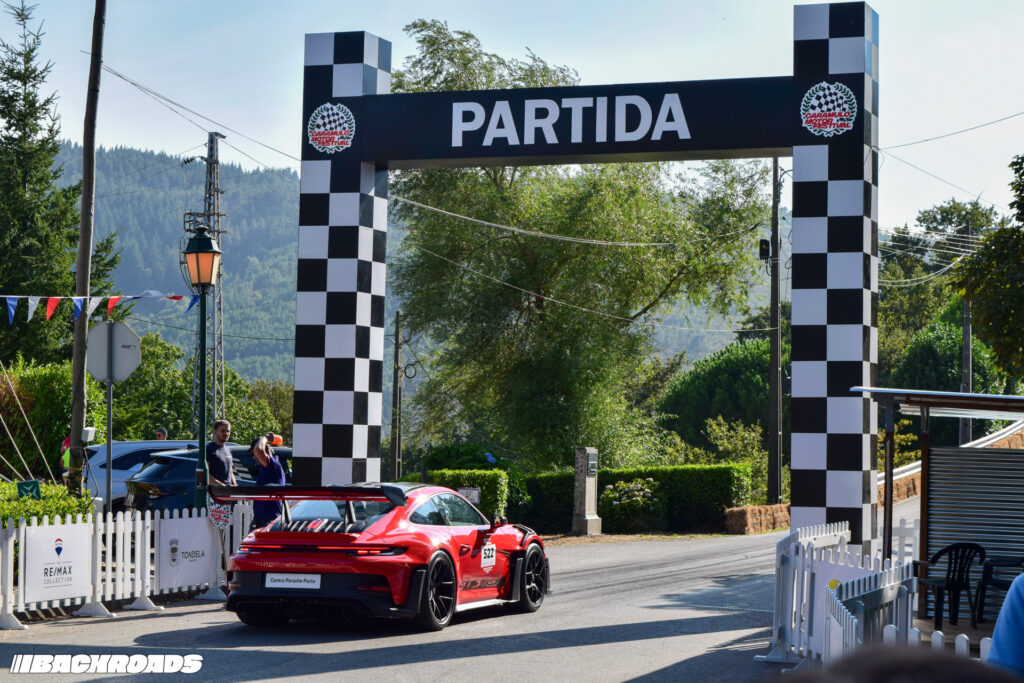
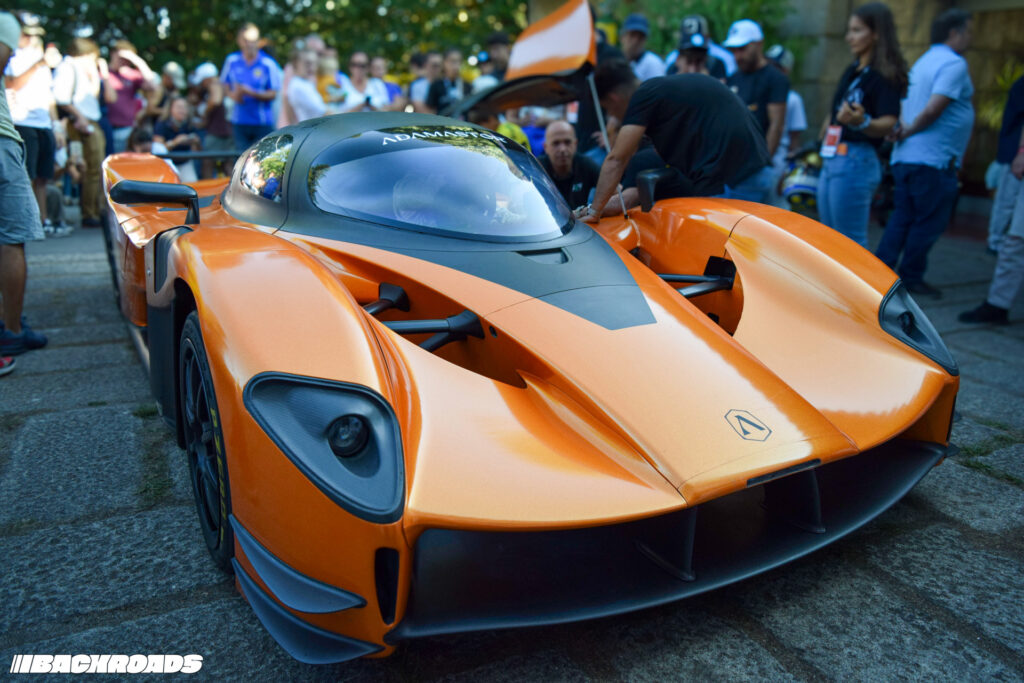
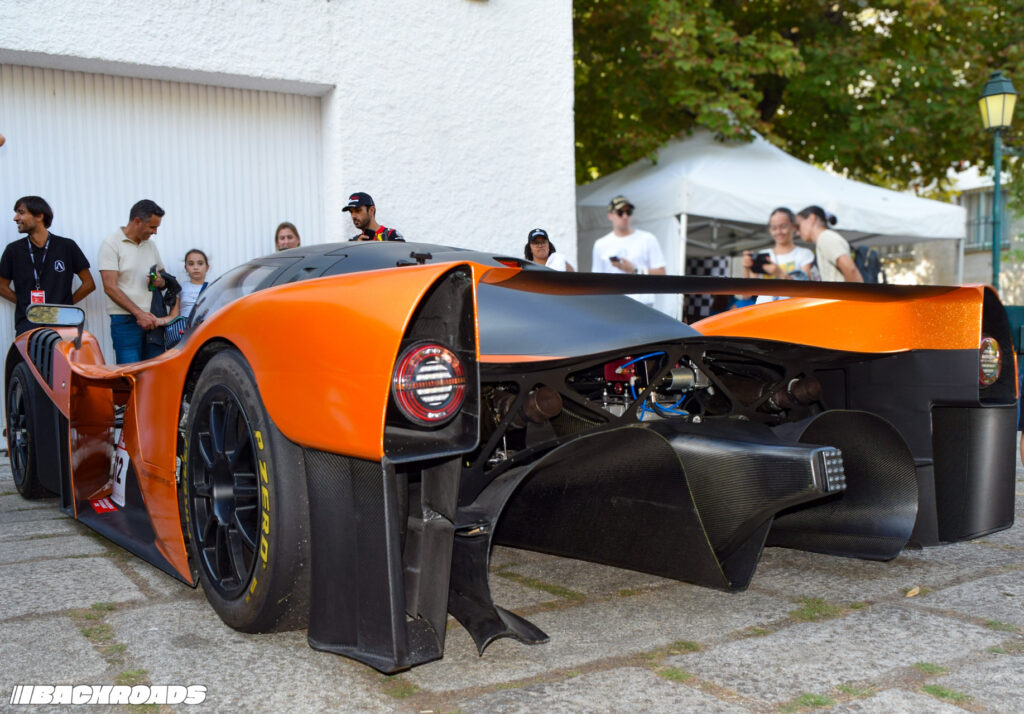
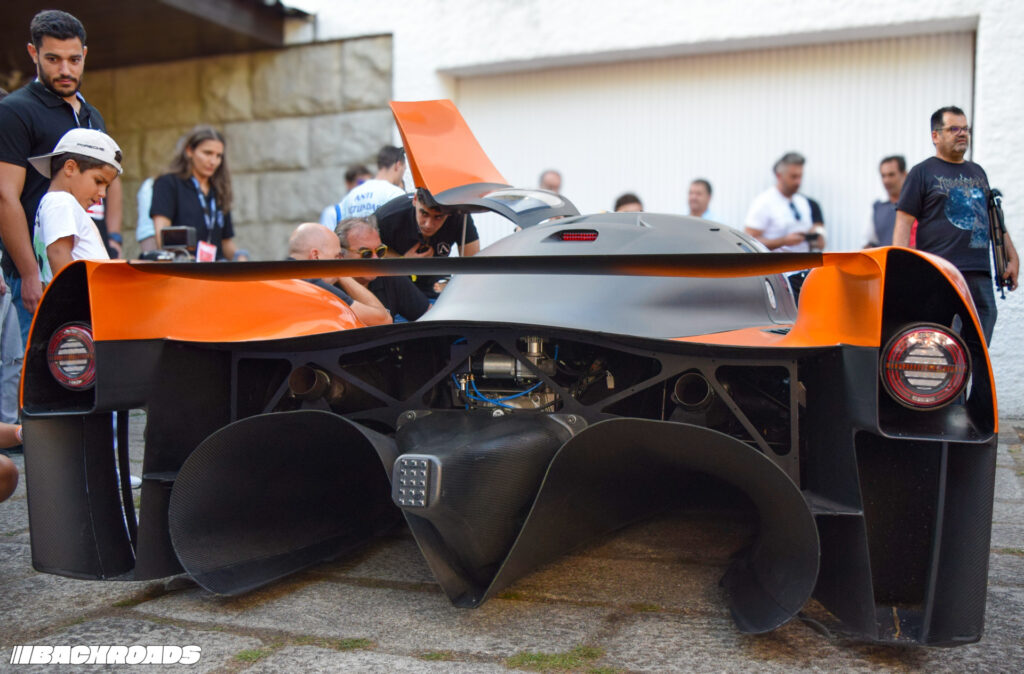
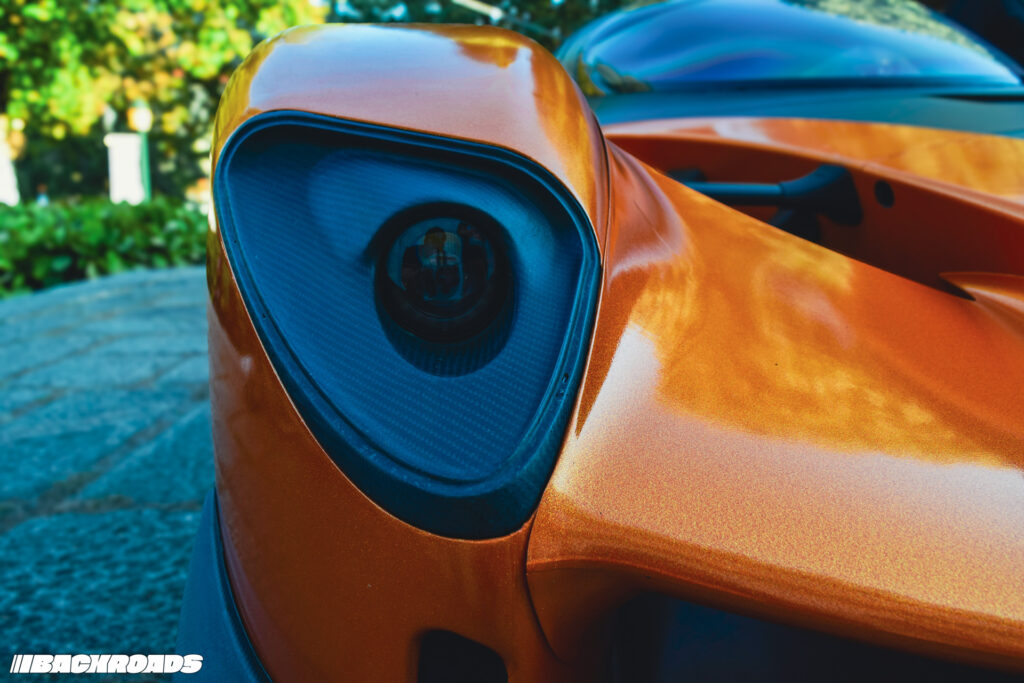
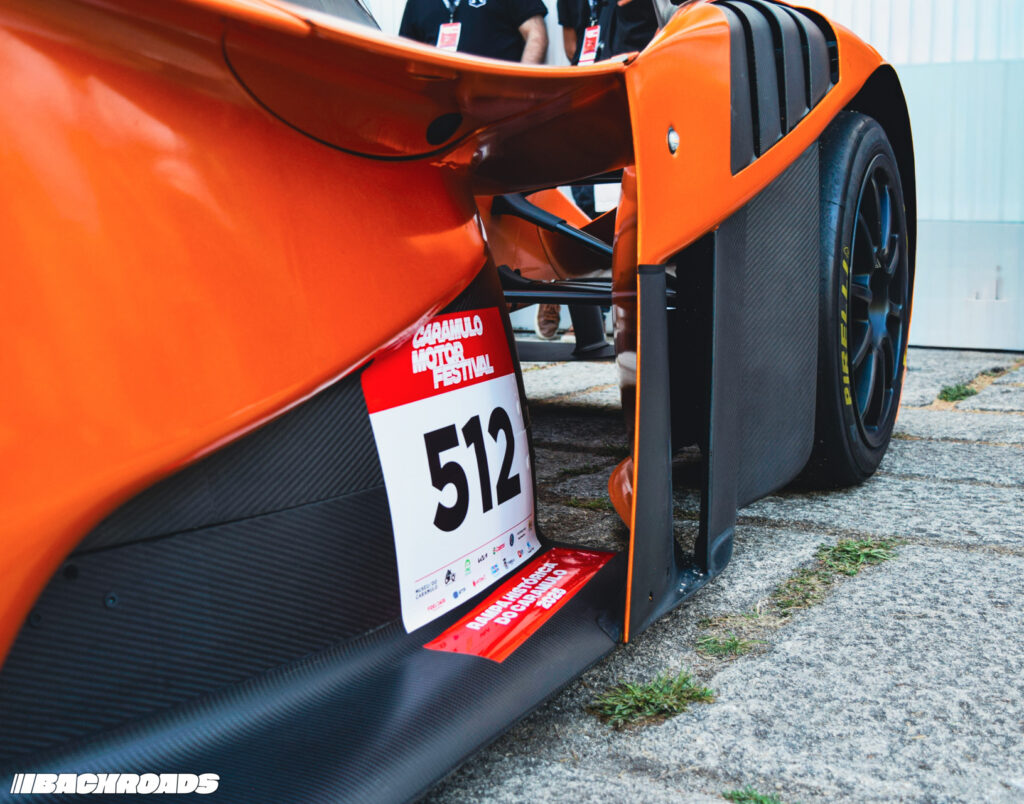
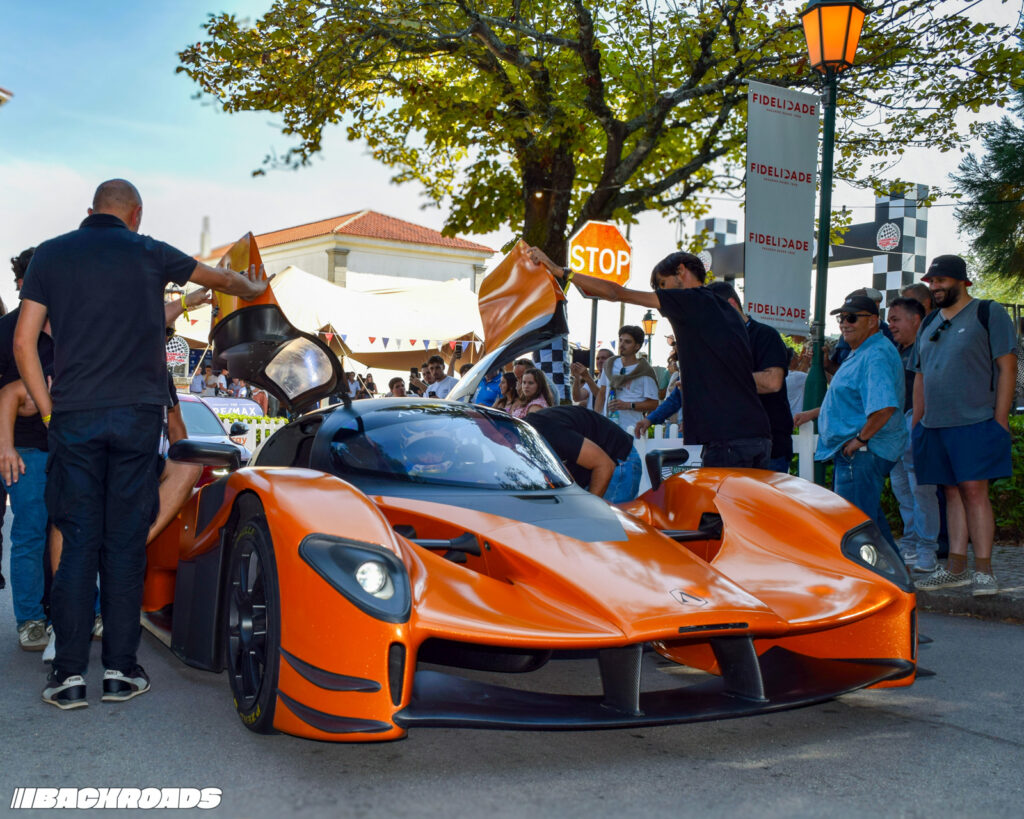
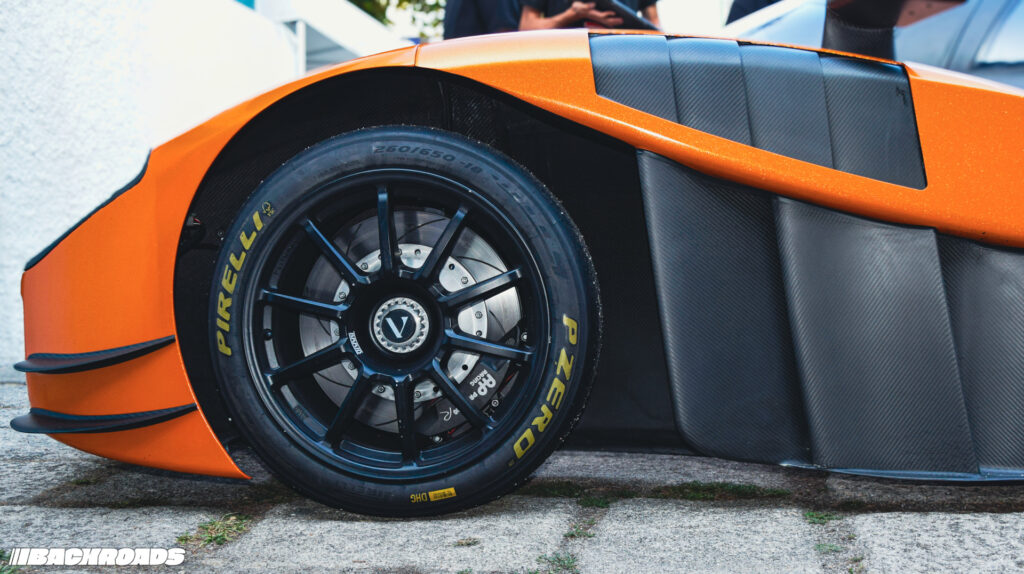
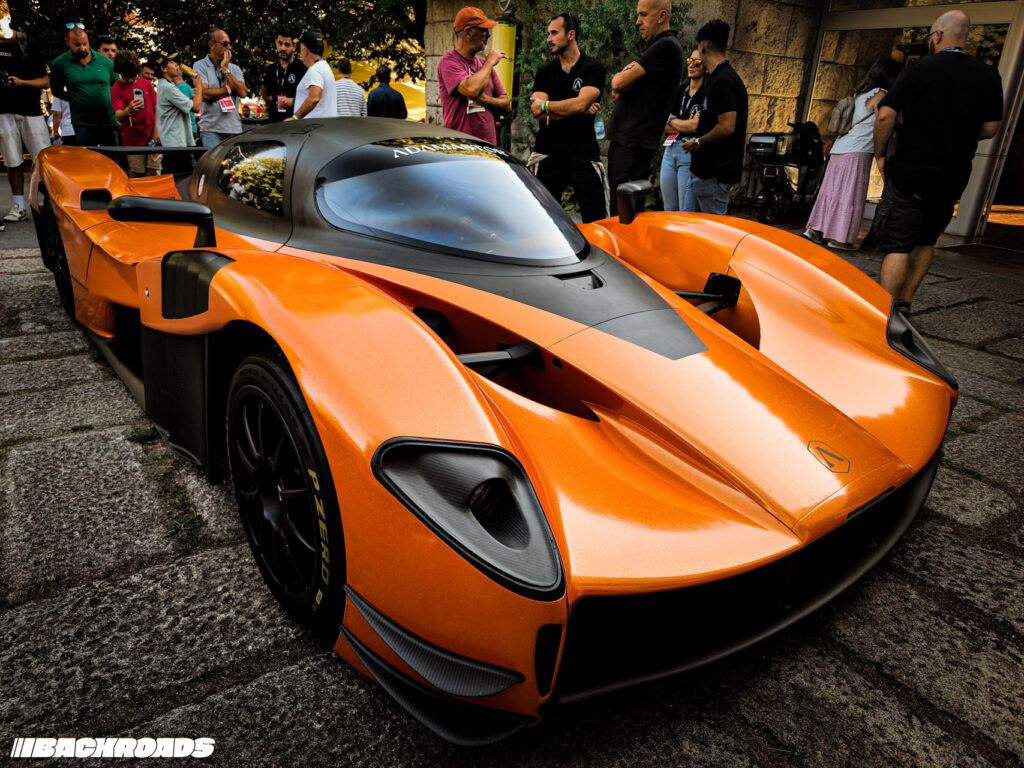
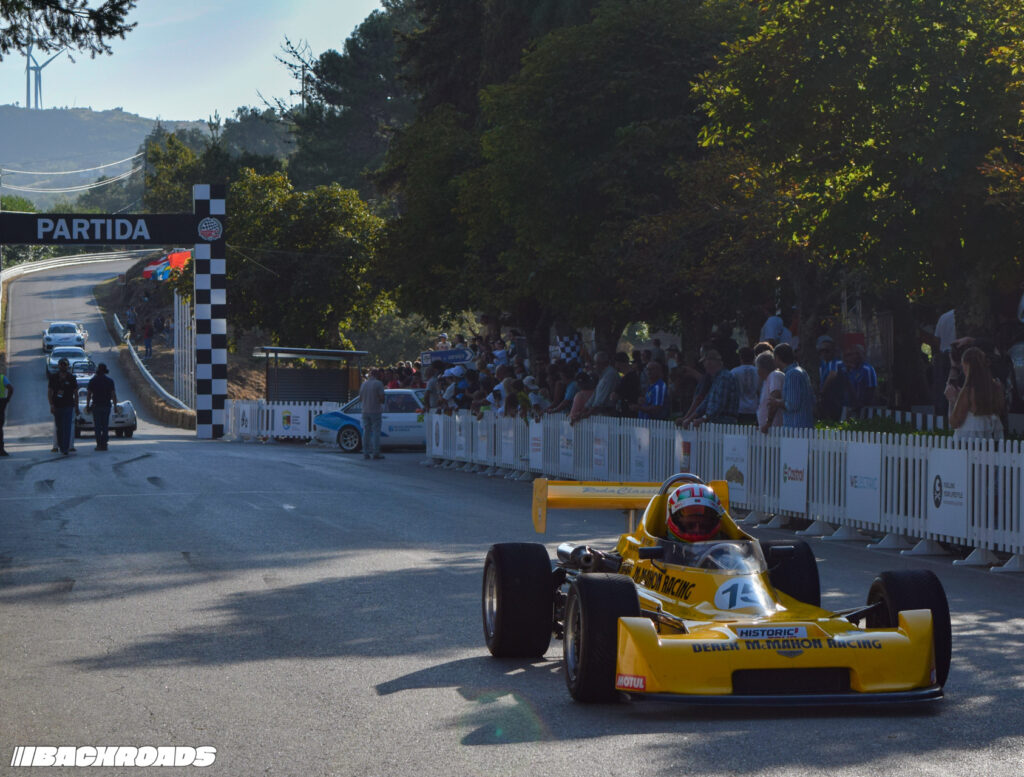
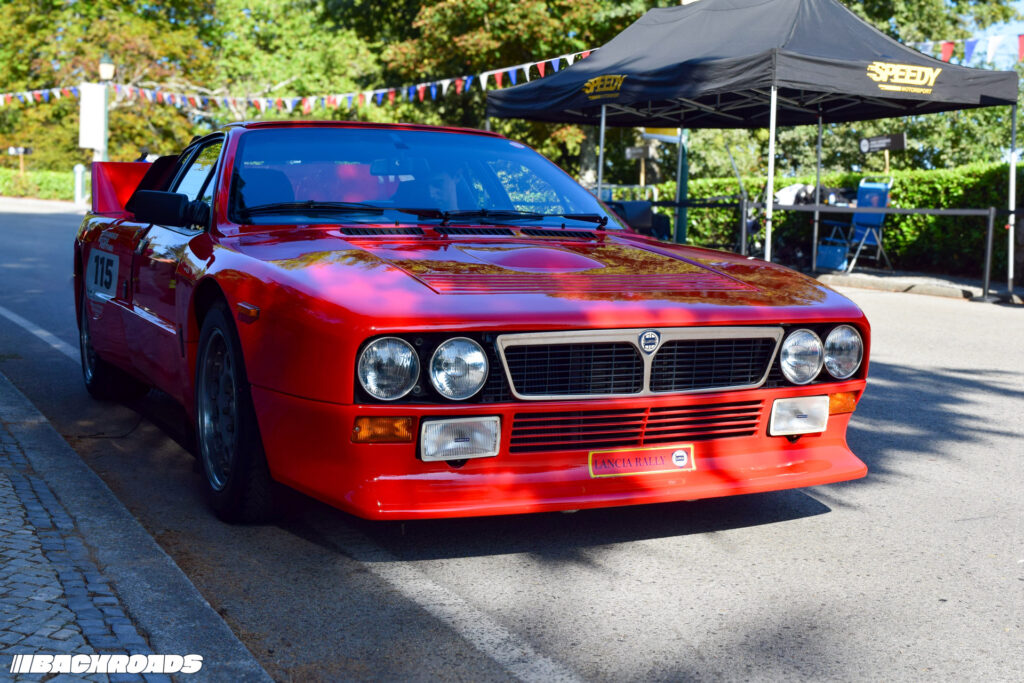
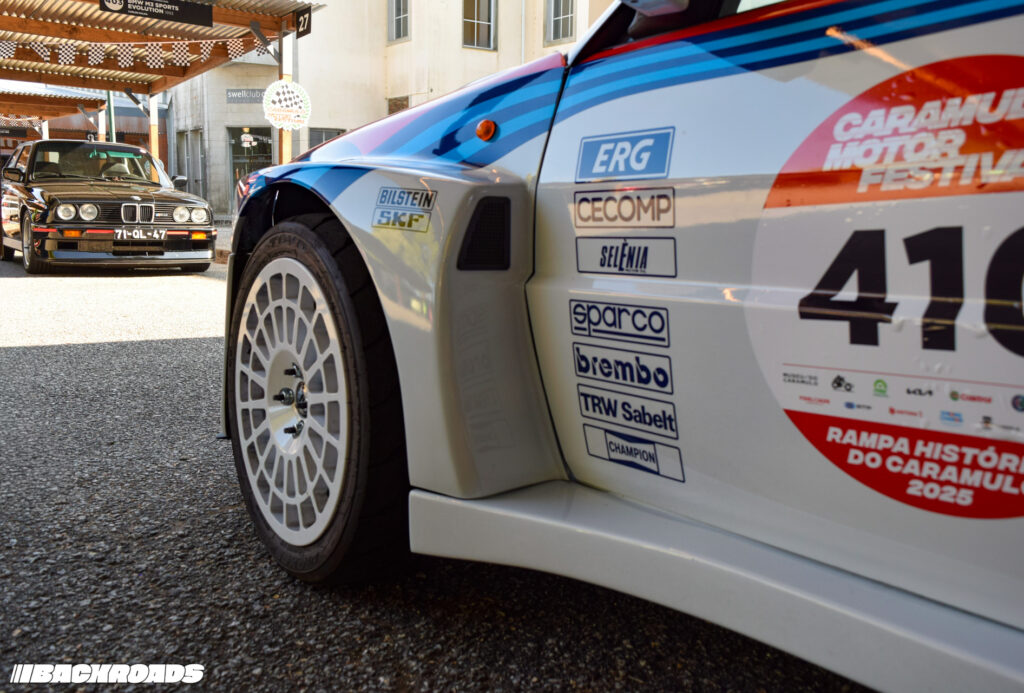

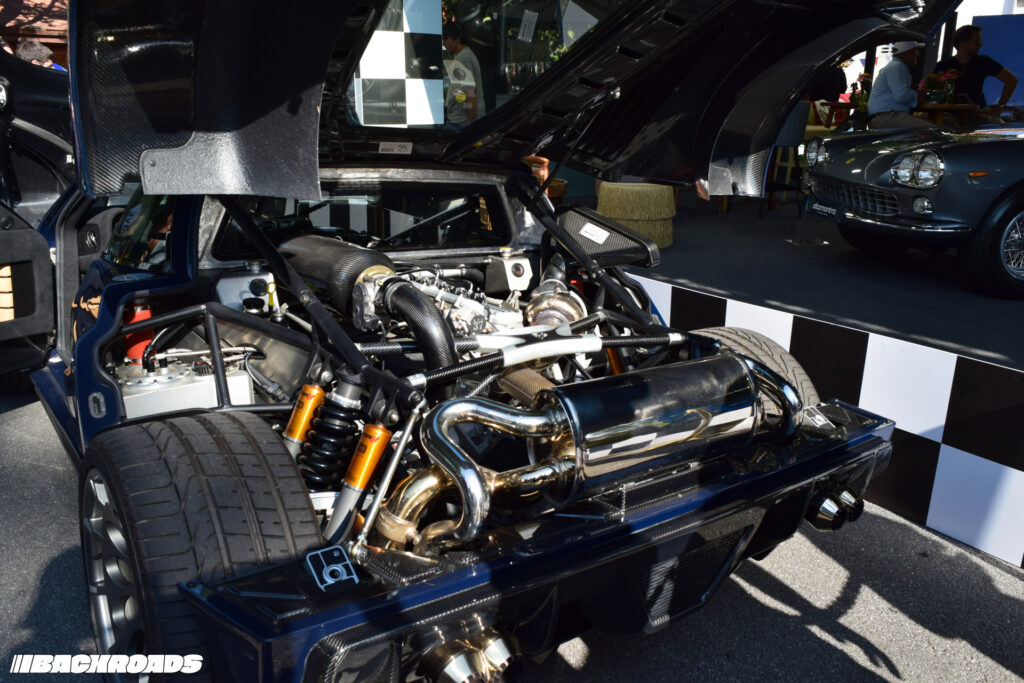
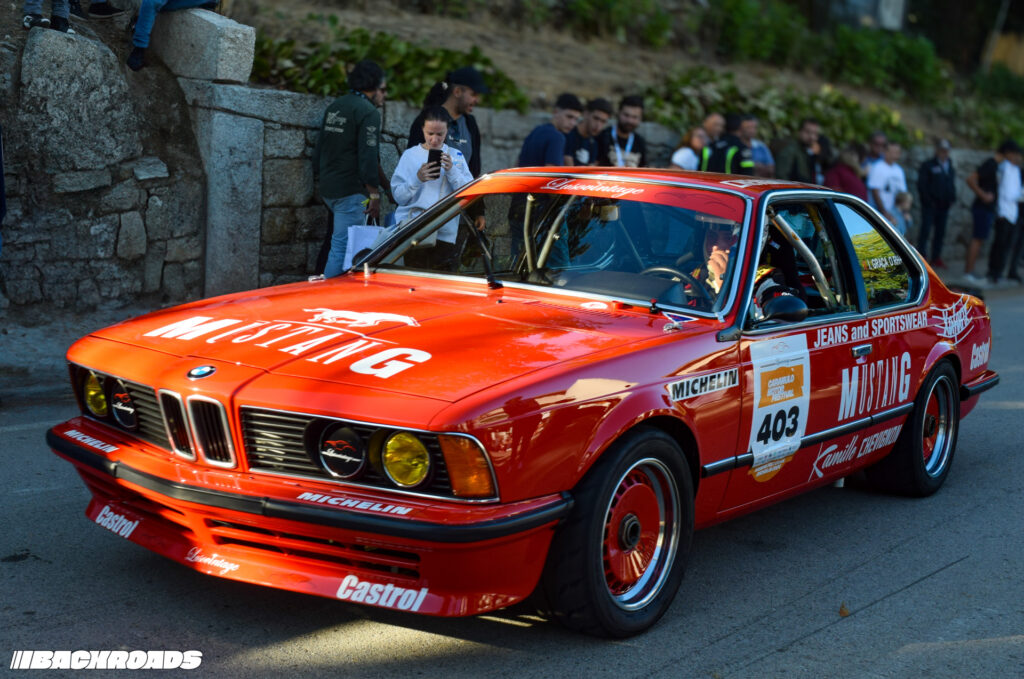
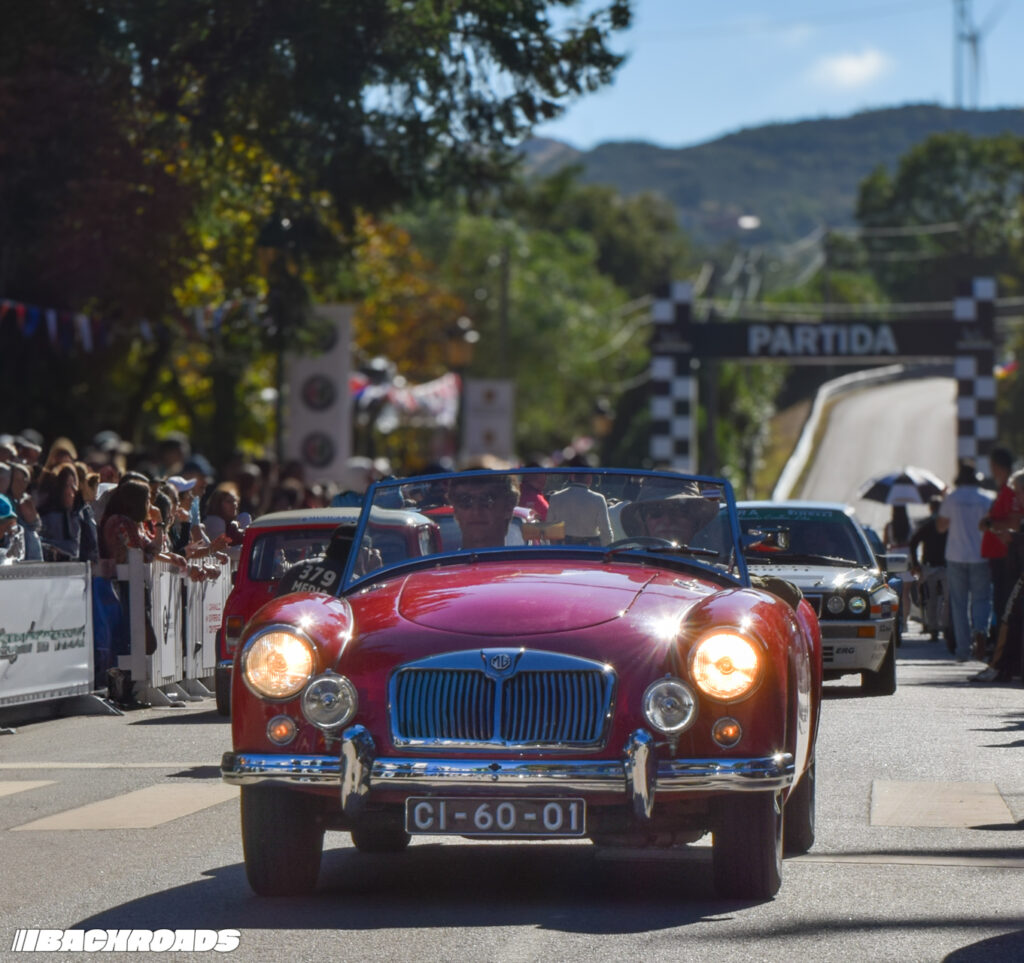
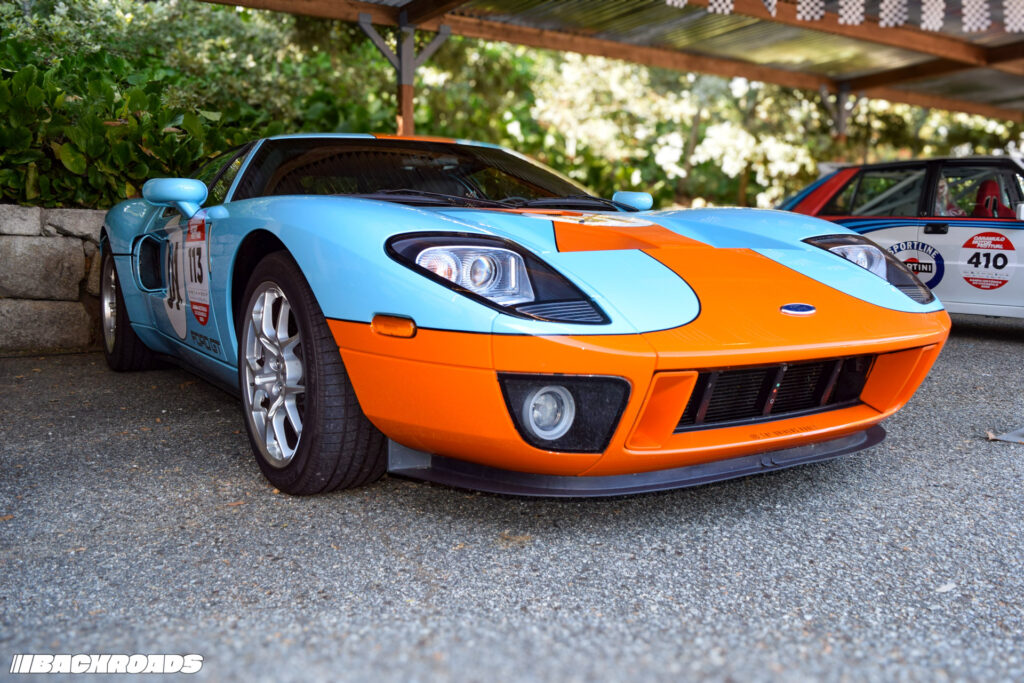
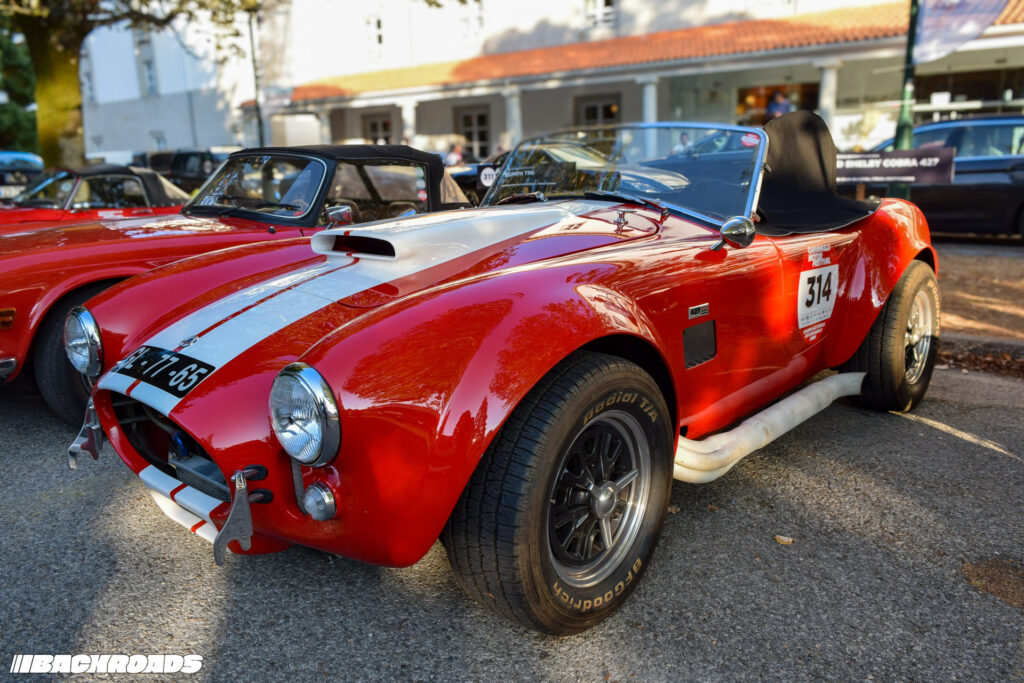
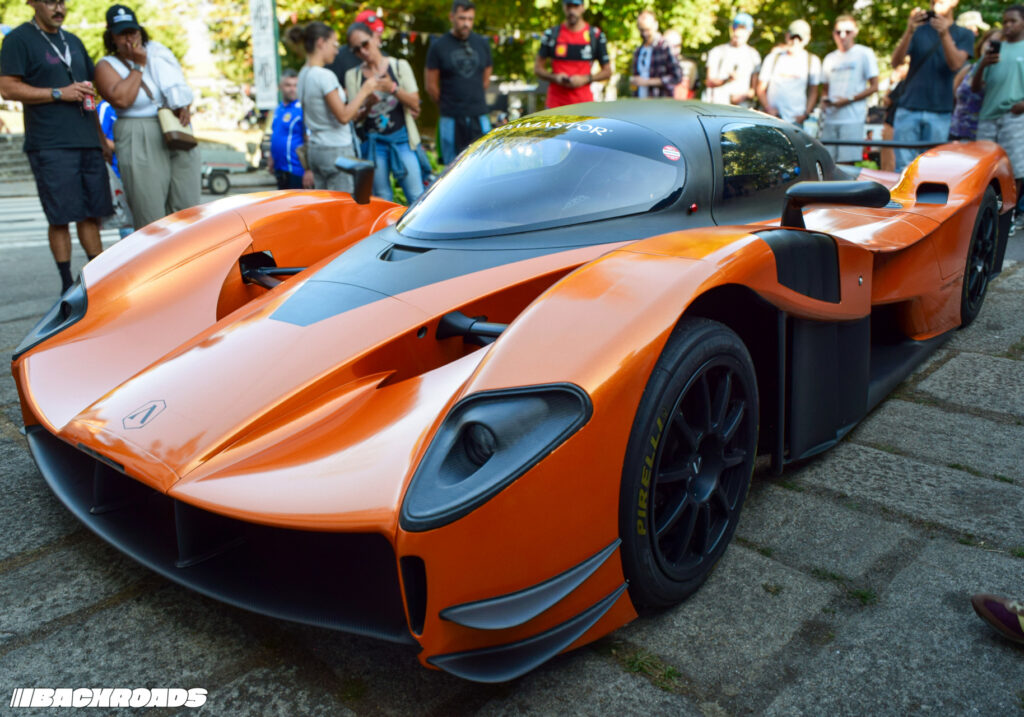
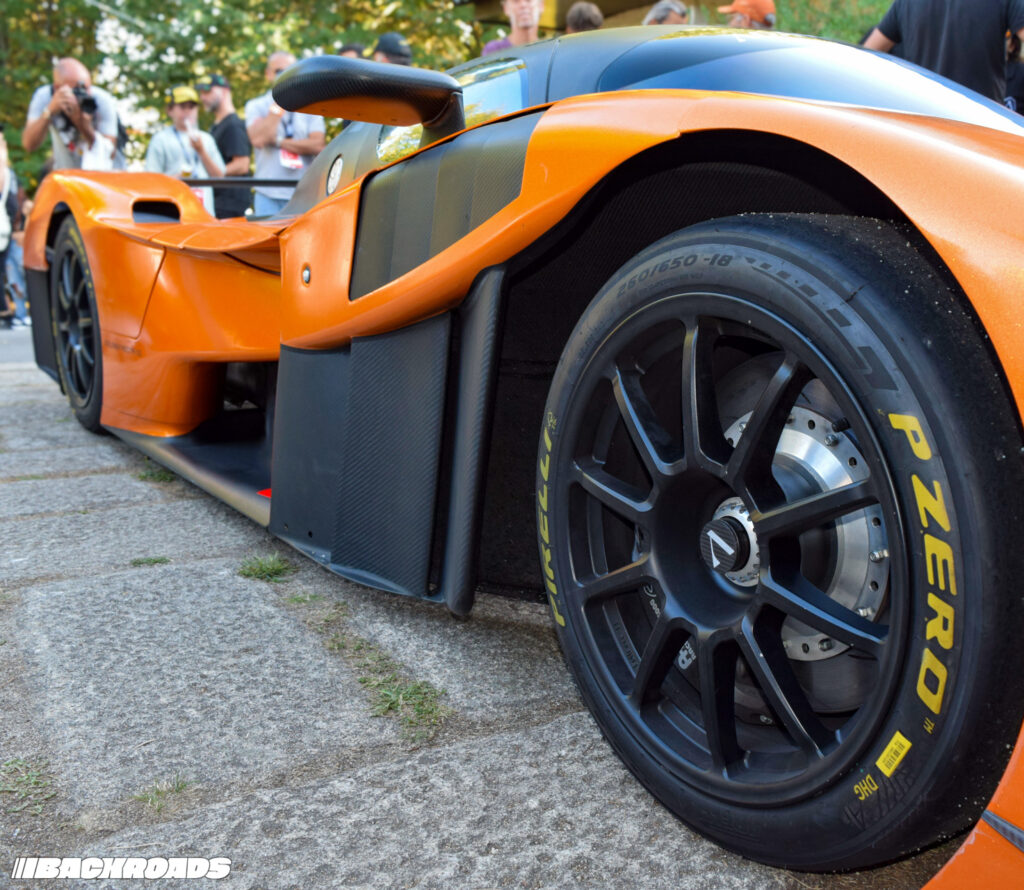
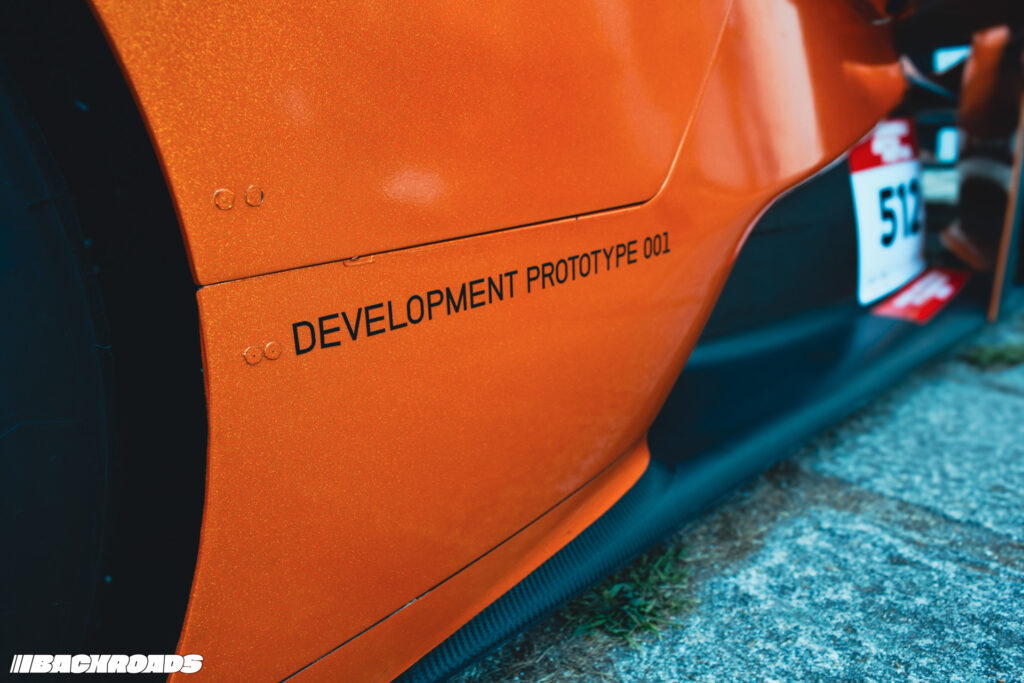
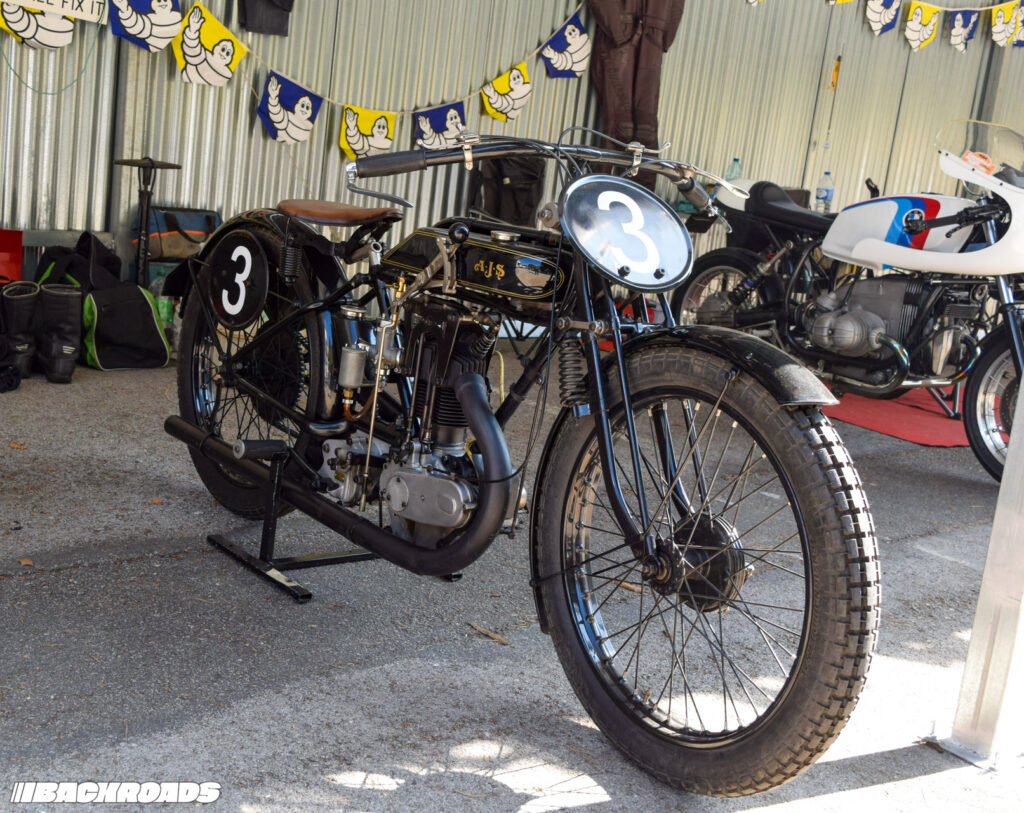
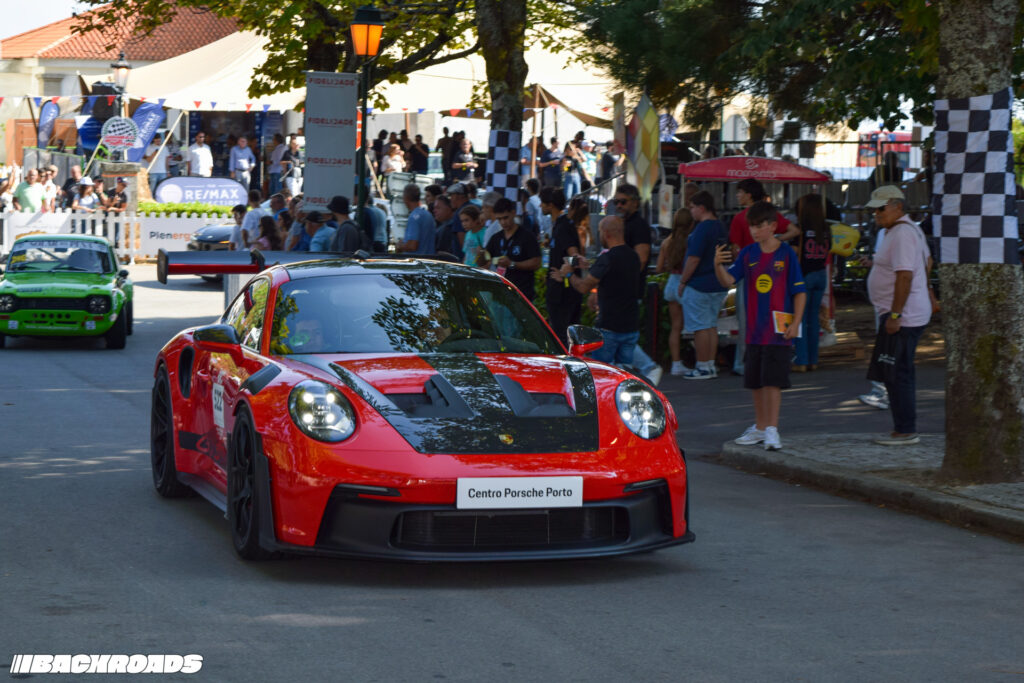
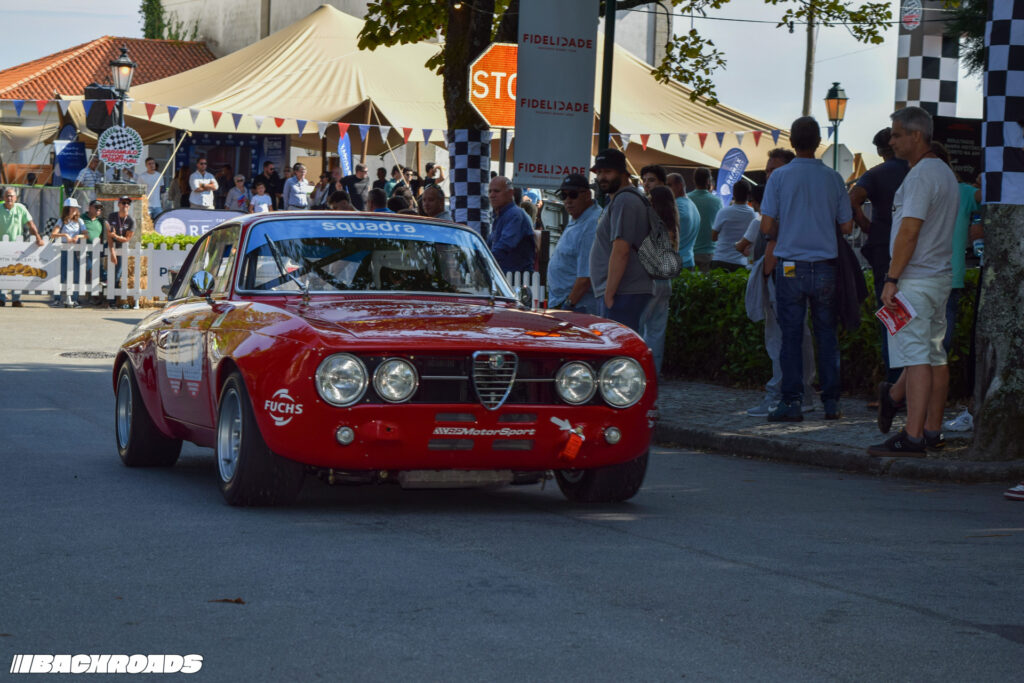
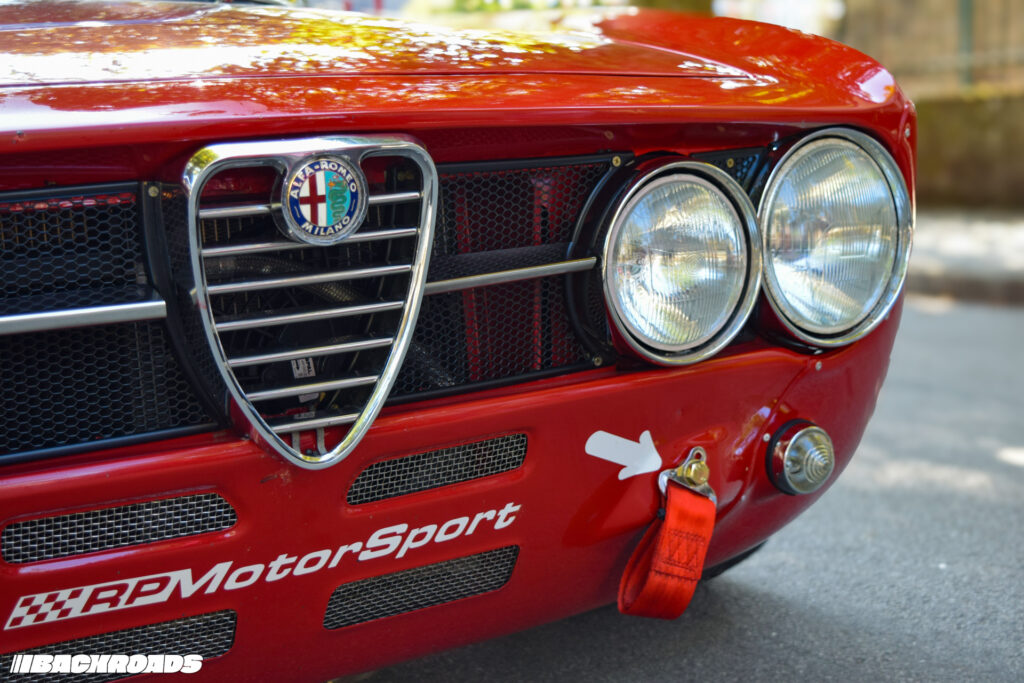

The line up for this event is amazing!
Absolutely! The variety at Caramulo is next level — from classics to the Adamastor debut, it was a dream to shoot. 🔥